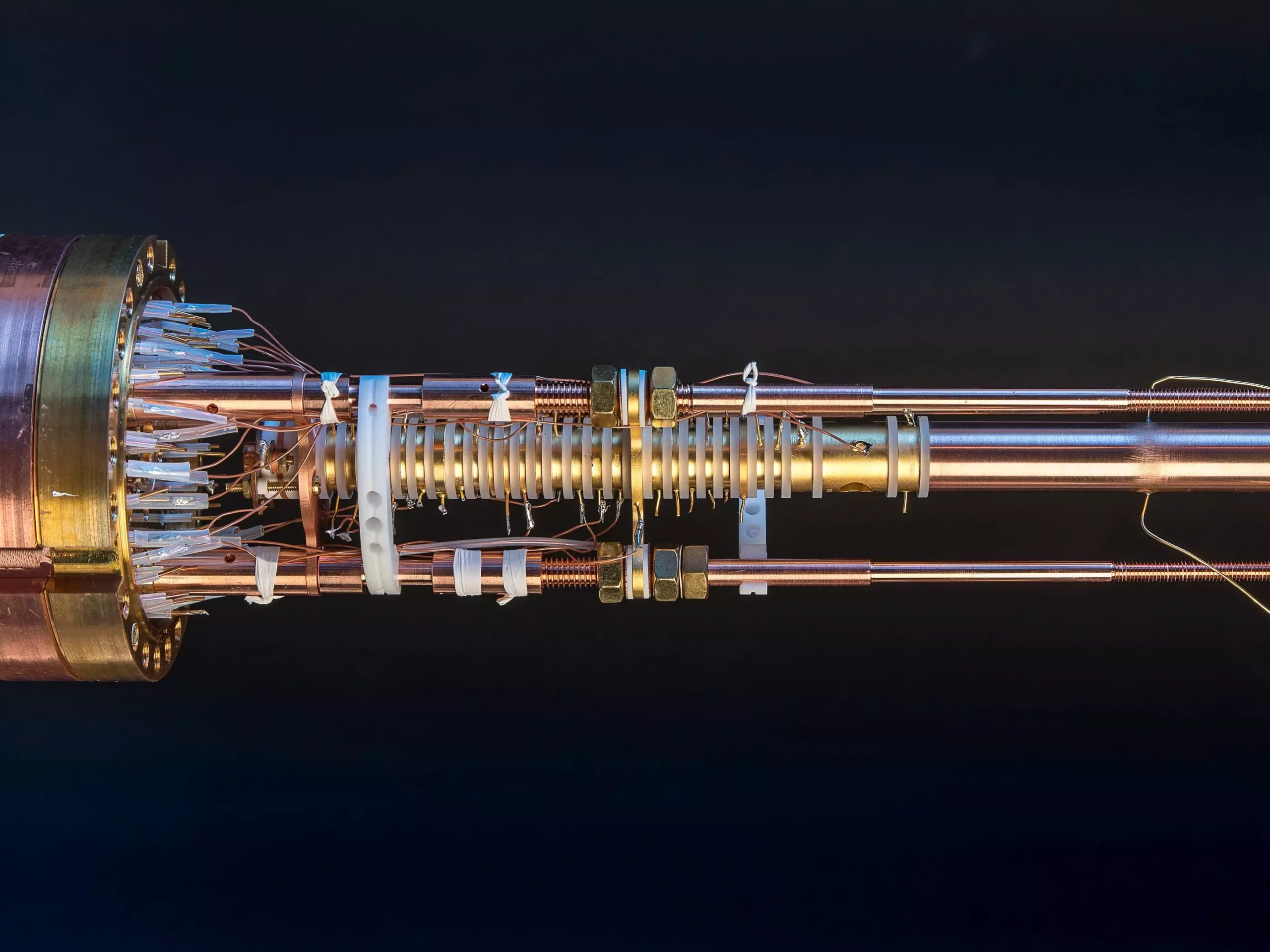The electron shell surrounding an atomic nucleus plays a pivotal role in various chemical and physical processes. Acting as a protective barrier, it restricts access to the nucleus and influences how we understand atomic behavior. Researchers from the Max Planck Institute for Nuclear Physics, led by Klaus Blaum, have made groundbreaking advancements in this area, particularly with beryllium-9 atoms. Their findings, published in the esteemed journal *Nature*, reveal a measurement of magnetic moments that is 40 times more accurate than previous studies. This achievement is not merely a technical milestone; it represents a paradigm shift that could potentially reshape our grasp of both basic physical principles and applications in fields like nuclear magnetic resonance (NMR).
Nuclear Magnetic Resonance: Bridging Physics and Chemistry
Nuclear Magnetic Resonance is more than a tool for chemists; it’s a technology that provides deep insights into molecular structures and behaviors. Similar to magnetic resonance imaging in medicine, NMR relies on the magnetic properties of atomic nuclei, effectively using them as tiny magnets. When placed in strong magnetic fields, these nuclei can spin and precess, much like compass needles. The interaction between these spinning nuclei and the surrounding electron shells offers a chemical fingerprint that reveals critical information about the material being studied. Thus, understanding electron shielding becomes vital for interpreting these chemical properties accurately.
In current scientific methodology, one might assume that measuring the nuclear magnetic moments and the effects of electron shielding would be straightforward. Yet, the reality is far more complex. Zoltan Harman, a key figure in theoretical calculations at the Max Planck Institute, points out that precise predictions for complex atomic systems often evade researchers. This complexity stems from the interactions between multiple bodies—akin to predicting planetary orbits in astrophysics. The tense dynamics between the proton and the surrounding electrons complicate accurate calculations, often leading to large margins of error.
To bridge the gap between theoretical estimations and experimental observations, Klaus Blaum’s team has employed Penning traps—a cutting-edge technique that allows for extraordinarily precise measurements of atomic properties. In their recent undertaking, they meticulously measured the magnetic moment of beryllium-9. But why focus on beryllium, an element that ranks fourth on the periodic table? The answer lies not only in its small nucleus, which simplifies calculations but also in its close relationship with helium, a key element for NMR applications.
In nuclear magnetic resonance, accurate measurements of the surrounding magnetic field directly influence the stability and reliability of results. The research team had previously established the magnetic moment of helium-3 but faced the challenge of working with neutral helium atoms due to the shielding effects of their electrons. To address this, they turned their focus to beryllium-9, strategically removing three electrons to isolate a single electron that would provide clearer insights into the shielding phenomena.
A Revolutionary Two-Body System
By isolating the beryllium-9 ion with one remaining ‘residual’ electron, researchers created a theoretical two-body system that enhances the precision of their measurements. The Electron’s role morphs into that of an antenna, significantly amplifying signals emitted by the nucleus. This amplification allows the team to examine very subtle changes in energy levels, essential for accurately measuring the magnetic moment of beryllium-9.
Stefan Dickopf, the team’s lead doctoral student, explains that this measurement ranks as one of the most precise methods used to date, second only to the proton. The challenge of measuring an atom’s magnetic properties is compounded by the extreme weakness of the signals involved, necessitating state-of-the-art detection methods and technologies. The innovative use of an electron to facilitate these measurements enables researchers to gather data that was previously unattainable.
The implications of this research extend beyond theoretical physics. The findings offer invaluable insights for refining techniques in nuclear magnetic resonance and enhancing the accuracy of chemical analyses. By elucidating how electrons shield atomic nuclei, the research facilitates more precise field measurements, ultimately benefiting a range of scientific and technological applications.
The work led by Klaus Blaum’s team represents a remarkable achievement in the field of atomic physics. Their precise measurements of beryllium-9 not only deepen our understanding of fundamental atomic mechanics but also enhance practical applications that rely on nuclear magnetic resonance. This level of accuracy might seem abstract, but its implications are tangible, promising advancements in various fields of science and technology that hinge on our understanding of matter at its most fundamental level.

